Patient Centered Care includes Smart TV Technology
Technology and patient experience go hand in hand. We’ve all come to expect that smart technology is integrated into our work, shopping, homes, and...
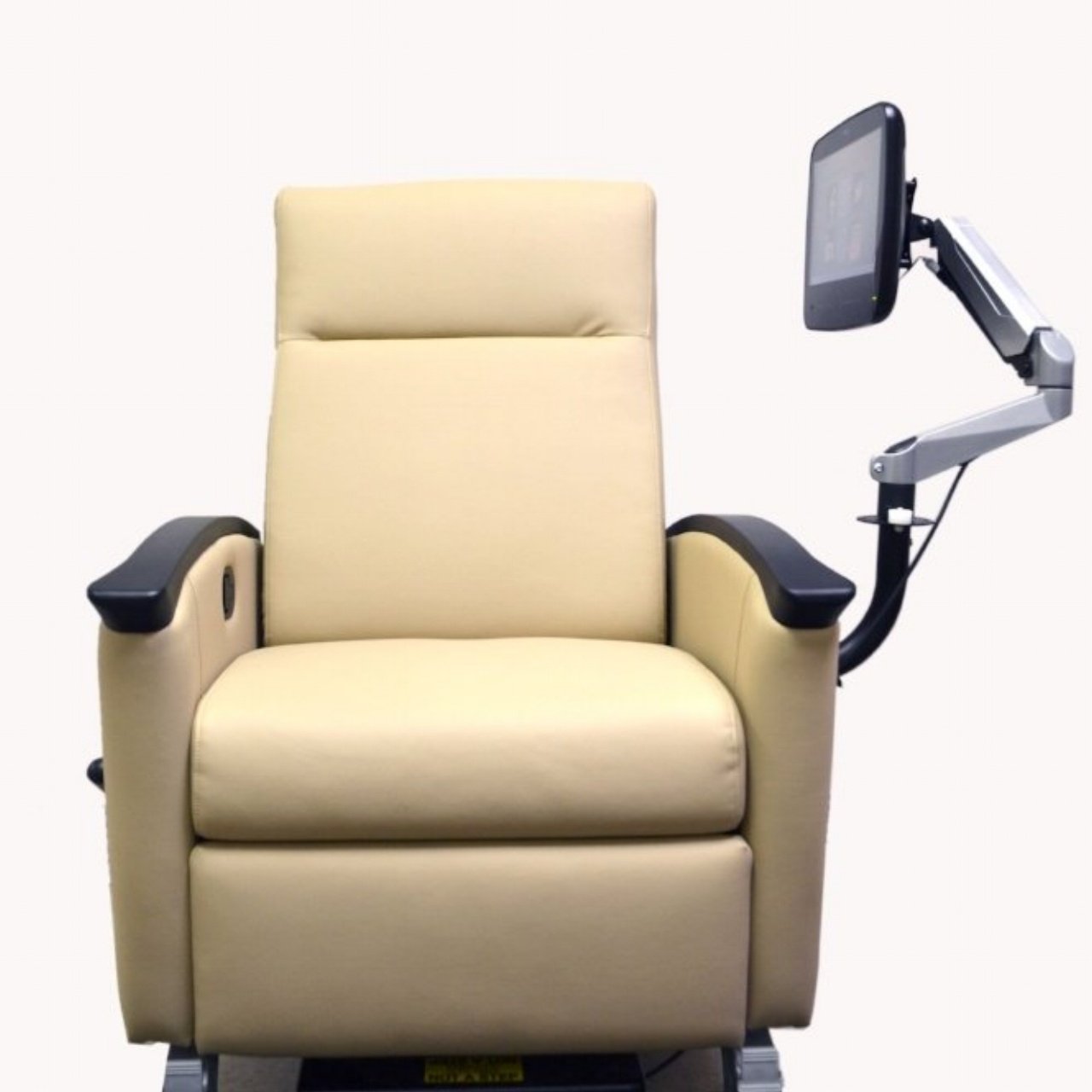
The best healthcare experience comes from putting people first.
Bold statement? We don’t think so.
Patients deserve to be engaged with as people first and patients second. Placing the patient and their family at the center of the care experience is critical not only to providing a good experience for them, but to improving the quality of care as a whole. Building real person-to-person relationships elevates the personal nature of care, often improving the patient’s level of satisfaction or helping them enjoy the process as much as they can.
People want to feel listened to and cared for – among many other things. This desire often increases when it comes to the healthcare space. Patients want their providers to give them attention and listen to their thoughts and concerns. The respect this shows can sometimes be enough to help them feel like less of a patient and more of a person.
The healthcare experience can be incredibly stressful at times, and patients can easily become overwhelmed. By focusing on the person-centered care experience and remembering to engage with them first as people then as patients, you can help improve that experience and decrease the stress involved.
We’ve talked a lot already about how communication and interactions can play a big role in helping the healthcare experience revolve around the patient. That’s the most important part. If you take nothing else from this post, remember that every interaction is a chance to transform their experience. From the moment they book their appointment until their follow-ups are finished, you and your team can make an impact.
Outside of personal connections, there are certainly some other ways to increase person-centered care, like creating inviting spaces that make patients feel comfortable and at home. The more familiar you can make a healthcare space, the more likely patients and their families will feel welcome and relaxed. From choosing furniture to technology, the decisions you make in designing the healthcare space influence the experience of your future patients.
One of the best ways to make the patient space more comfortable and inviting is to include items and elements that remind patients of home. This can be an oversized chair, a comfortable bed or an interactive tablet device.
Patient spaces can sometimes be tight, which doesn’t provide a lot of room for you to include all of the elements needed to make the area warm and inviting.
One way to solve this problem is by multitasking. You could include a couch with storage under it, a dresser that also serves as a side table, or a reclining infusion chair that has a built-in patient television or tablet. PDi partners with chair manufacturers to build mounting plates inside their chairs so TV installation is seamless at your facility.

In some hospital or clinic infusion environments, patients can benefit from a mobile TV cart or space saver mount that compactly attaches the personal patient television to the wall next to their chair. With either option, patients are just an arm’s reach away from their TV or tablet in small infusion spaces. Patients can easily adjust the devices for their comfort, meaning no more stiff necks.
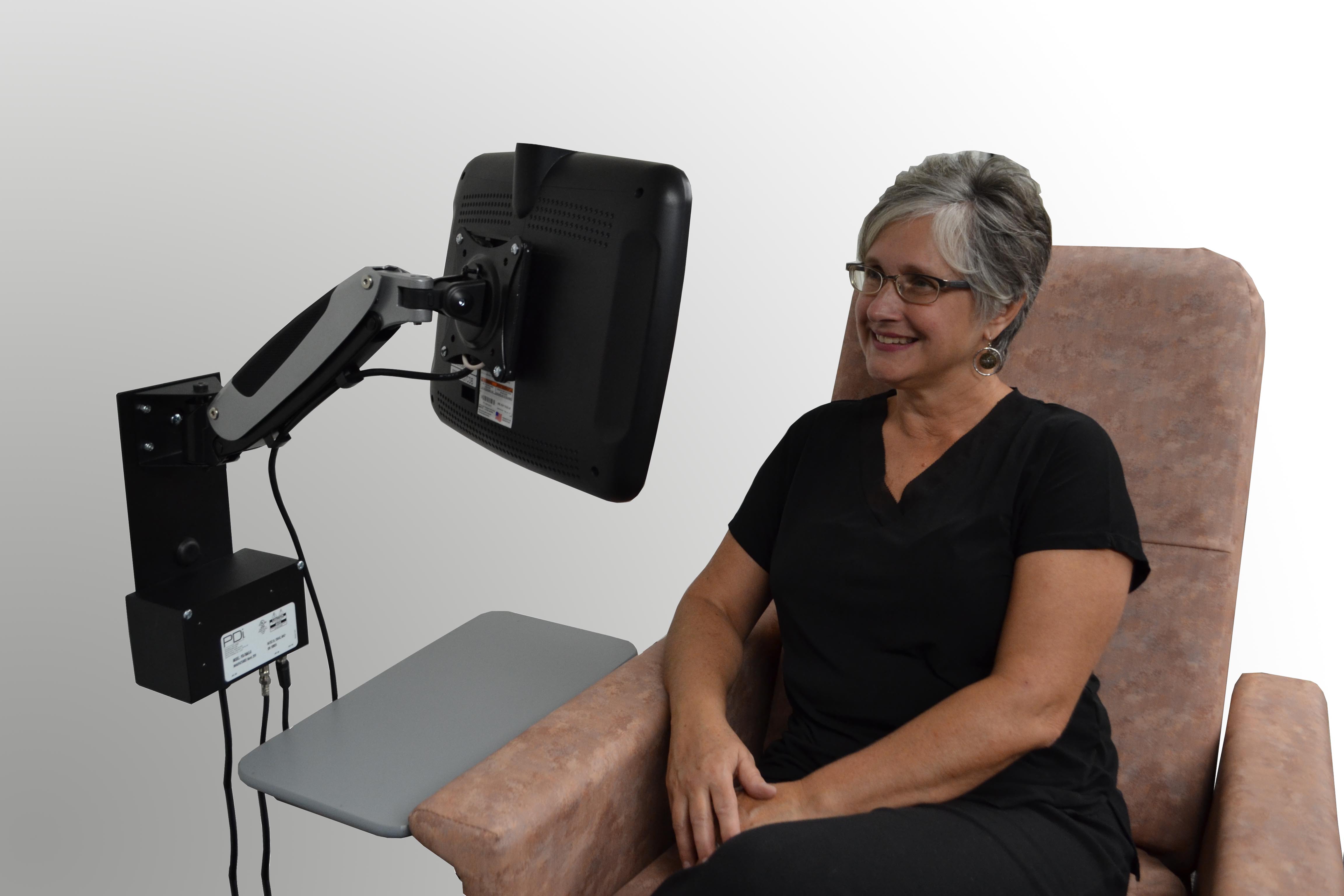
Providing person-centered care means thinking about the whole person. While obviously the primary focus is on their healing, healthcare can have a lot of downtime. By providing entertainment through technology, distractions with visiting volunteers or even simply a comfortable place for them to be, you can improve the quality of their care.
Putting people at the heart of the healthcare experience is the best way to improve the patient experience. Building relationships, person-to-person, is the first goal. However, healthcare providers are busy and can’t always be in the room. That’s where well-designed and planned technology and environments can make a difference and bring their care experience to a new level.
Ask how you can elevate the person-centered care experience with solutions powered by PDi.
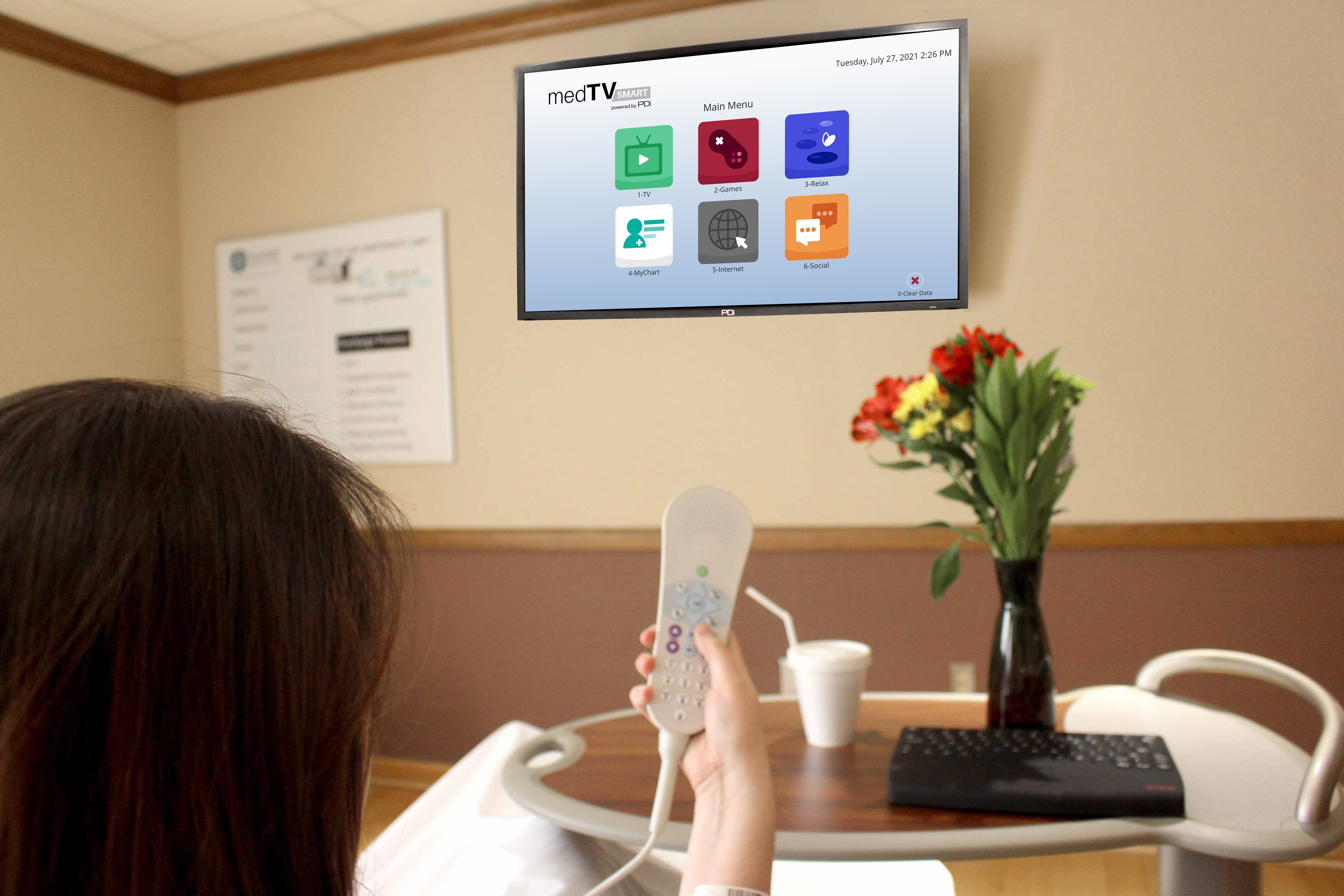
Technology and patient experience go hand in hand. We’ve all come to expect that smart technology is integrated into our work, shopping, homes, and...
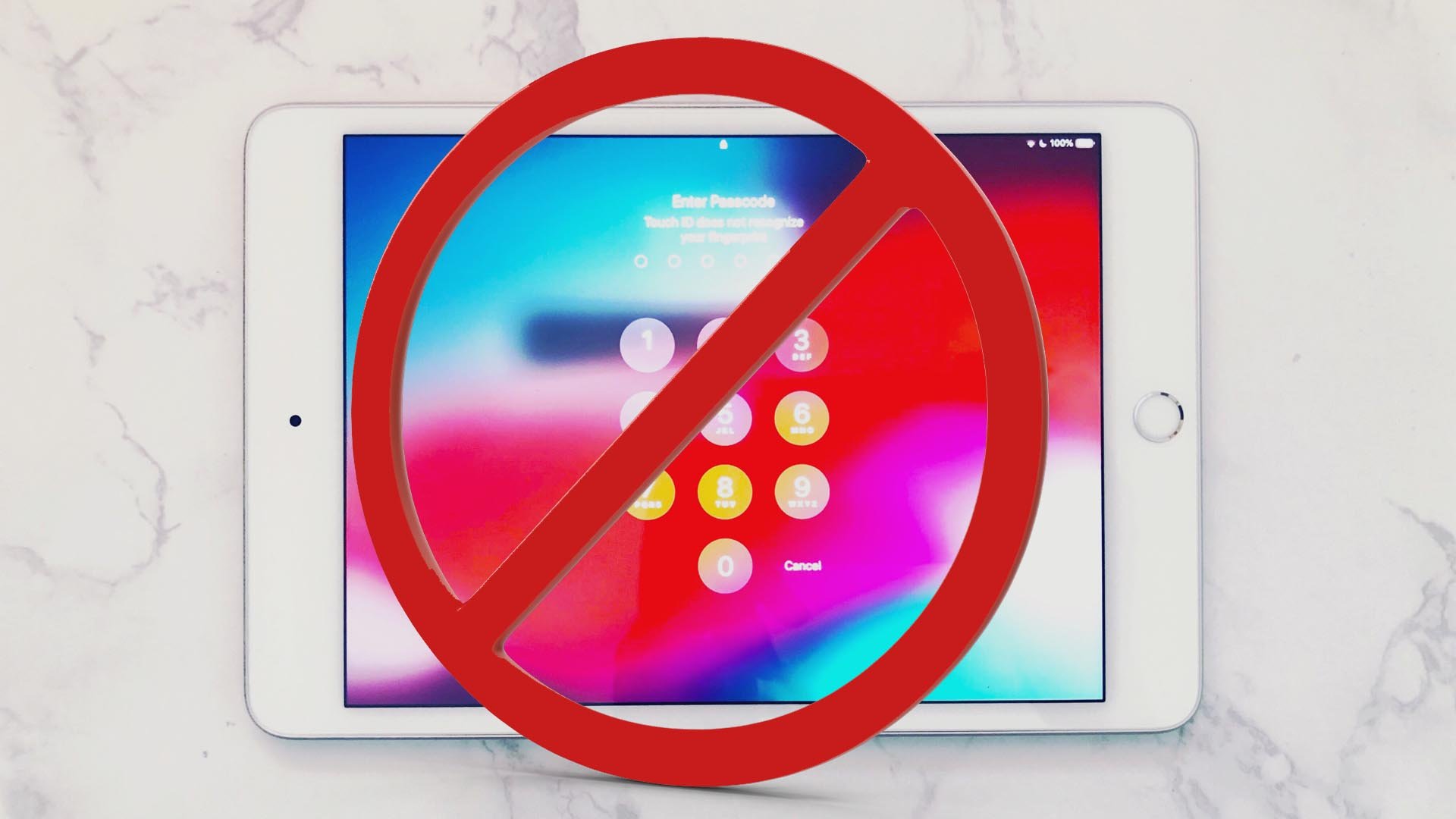
1 min read
Updated December 10, 2024 by Cat Saettel Patients can easily feel lonely during infusion therapy or a hospital stay. Healthcare organizations can...
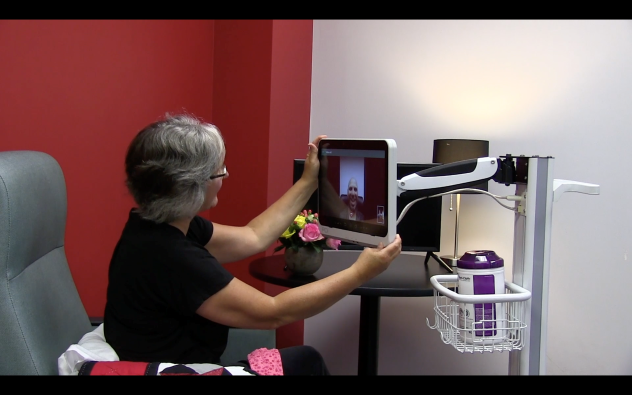
Healthcare providers know how important a safe, great experience is for patients and their overall satisfaction. Providers are often looking for new...